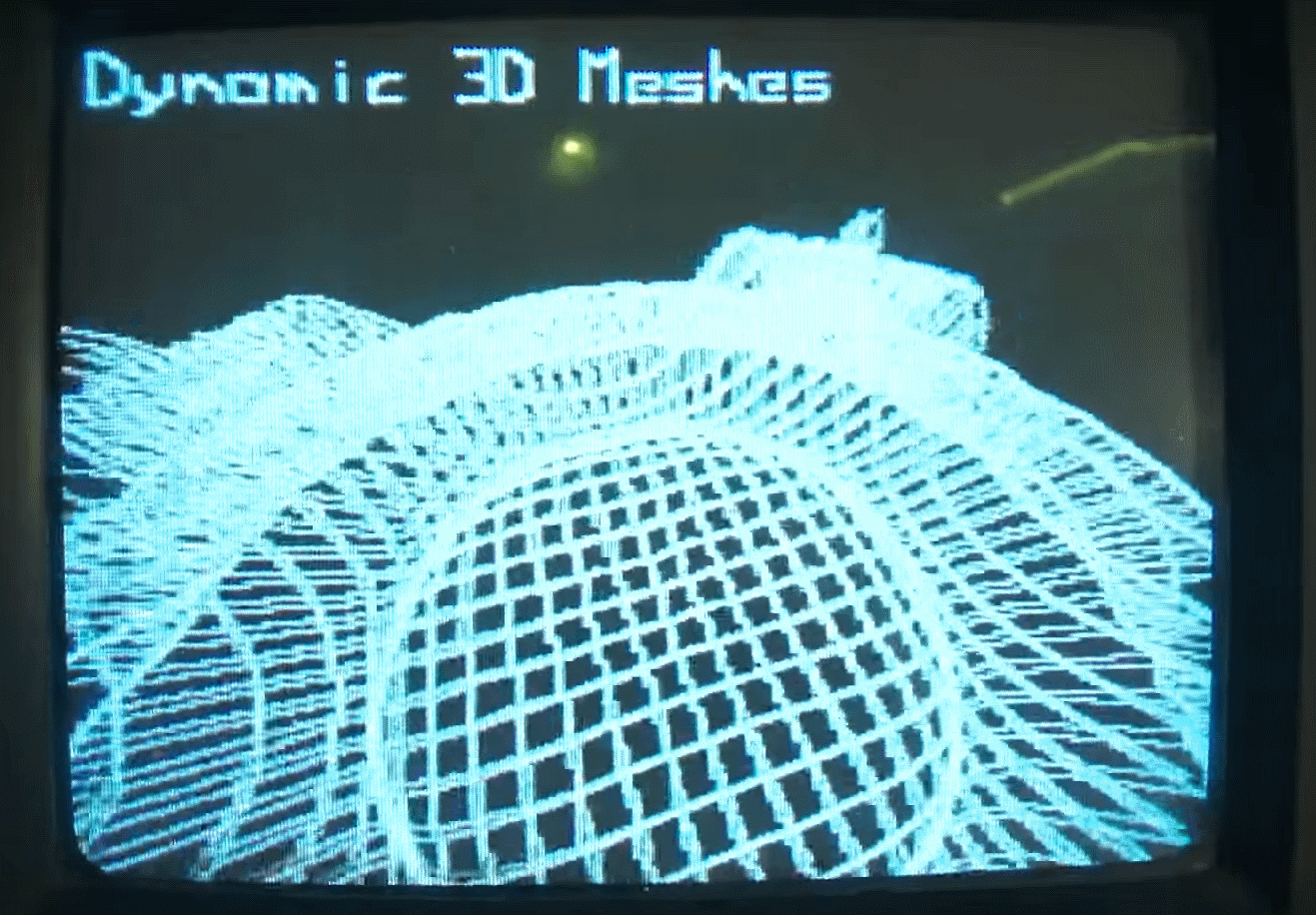ESP8266 made an analog television transmitter

Frankly, when I read an article about this project on Hackaday, I looked at the calendar more than once - is this not the first of April?
The author of the project, Charles Lore, acting under the nickname CNLohr on Github, took the usual three-dollar module ESP8266, which many of us use for “Smart Home” and other IoT crafts, and dispersed it. He noticed that at the same time, the I2C on the module remains operational and works perfectly at a frequency of 80 megahertz. The author recalled that this frequency is close to the frequencies of analog television and, remembering Nyquist (Kotelnikov), he was able to force the ESP8266 to output a signal at a frequency of about 60 megahertz - the frequency of the third channel of analog TV.
He could only solder a long wire to the module “foot”, which served as a transmitting antenna and recall the NTSC video standard device. However, a video is better than a thousand words:
As you can see in the video, the processor in the ESP8266 was not only capable of dynamically generating 3D demo scenes, but also supporting the operation of the web server and WiFi. Only some operations with WiFi led to slight “gags” in the picture.
To repeat the CNLohr experience, just solder the wire to the RX of your ESP8266 and take the code from GitHub at github.com/cnlohr/channel3 Make sure that your TV is “friendly” with the North American NTSC TV standard.
PS A little later, CNLohr forced the ESP8266 to broadcast color TVpicture! To do this, he needed to issue a signal at two frequencies - 61.25 MHz and 65.2 MHz - simultaneously using the controller. How he succeeded, having only 80 MHz on the microcontroller, is a separate and absolutely wonderful hack, which the author explains in detail:
If after watching these videos you didn’t take off your hat and are not filled with the deepest respect for the hacking of sky-high steepness, I don’t know what to do with you.
